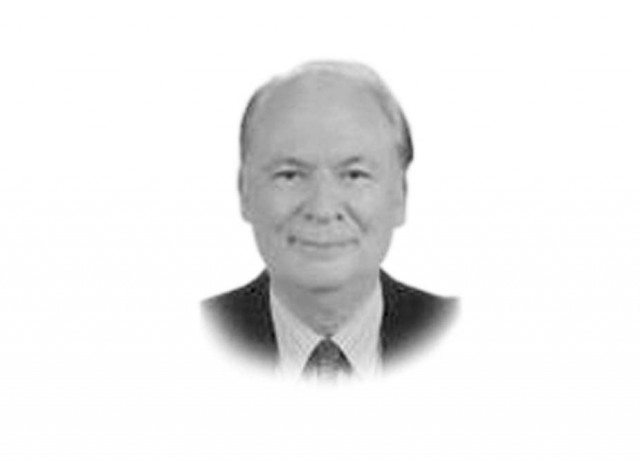The curious case of YouTube
YouTube case has little in common with the issue of religion and ethnicity. But it demonstrates power of parliament.

anwer.mooraj@tribune.com.pk
Through the tube, I was able to travel on the Trans-Siberian Railway and across the wide expanse of Canada. The great train journeys of the BBC took me to Ulan Bator in Mongolia, to the lush valleys of Kerala, to Landi Kotal and to La Boca in Buenos Aires where Carlos Gardel immortalised the South American tango.
I was also able to follow the Deccan Queen as it disappeared into the throat of the first of many tunnels in the Western Ghats of India between Bombay and Poona. I even discovered, in a 30-minute documentary, that Adolf Hitler could have actually won the Second World War if he hadn’t made some elementary mistakes. I marvelled at the North Korean military machine on parade, as they produced their own symphony of order, discipline and harmony, with wave after wave of men and women, all of uniform height and build demonstrating true perfection in their measured tread. As Jean Gabin said in Le Grand Illusion, “It’s not the music…it’s the marching.”

However, on September 17, 2012, the guillotine fell on YouTube in Pakistan after a blasphemous video clip was posted on the website. Students, researchers, and just about everybody who used the website on a daily basis, now, after a ban of over 590 days, feel a great sense of loss.
Politician Shazia Marri put it rather poignantly when she said, “We have been disconnected from the World.” It was as if the Garda had locked up an old friend and thrown away the key. There was the odd letter in the press, and I remember a senior citizen saying who the hell do those yoyos in Islamabad think they are, telling me what I should and what I shouldn’t watch? Tempers, however, cooled when people came to know the reason for the action.
YouTube have their criteria for international censorship. They prohibit the posting of videos which depict pornography, illegal acts, gratuitous violence or hate speech. Or which might ignite social or political unrest, violate national laws including copyright and intellectual property protection laws. The offensive videos, however, managed to slip through. After considerable discussion and certain ambivalence, the National Assembly adopted a unanimous resolution condemning the interdict on May 6, 2014.
But the ban has not yet been lifted as the matter is sub judice. In this connection I would refer the rights activists to the historic case of the Sikh Boy’s Turban which features the Rt Hon Lord Denning’s judgment and the brilliant defence of Alexander Irvine QC in the House of Lords which overturned the judgments of both Lord Denning and the Court of Appeal. The YouTube case has little in common with the issue of religion and ethnicity. But it demonstrates the power of parliament and public opinion which is in favour of lifting the ban.
Published in The Express Tribune, May 11th, 2014.
Like Opinion & Editorial on Facebook, follow @ETOpEd on Twitter to receive all updates on all our daily pieces.















COMMENTS
Comments are moderated and generally will be posted if they are on-topic and not abusive.
For more information, please see our Comments FAQ